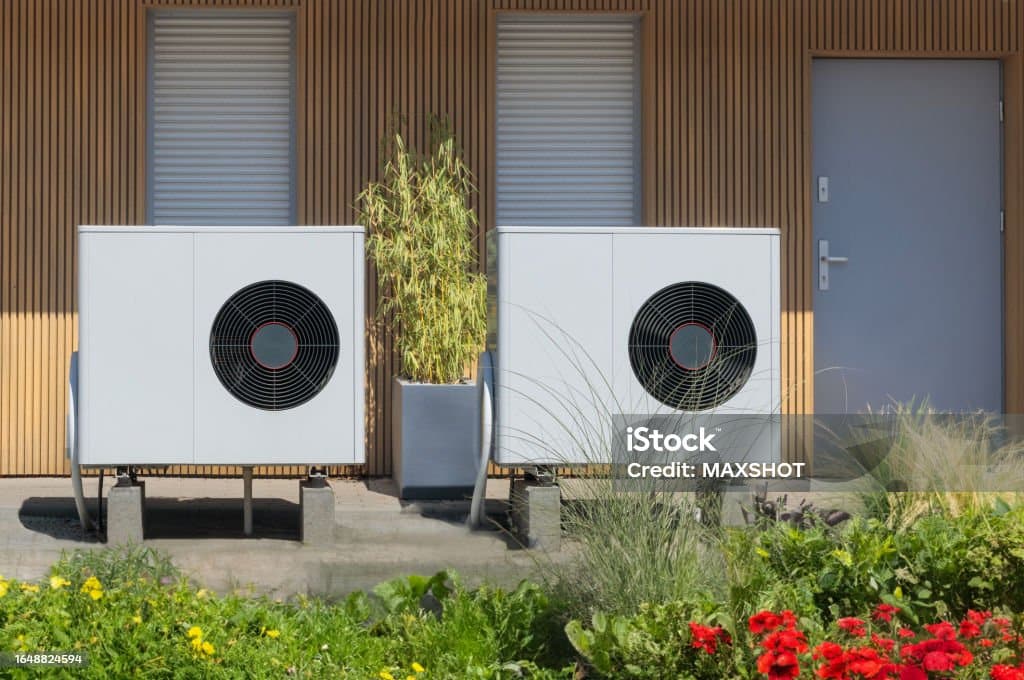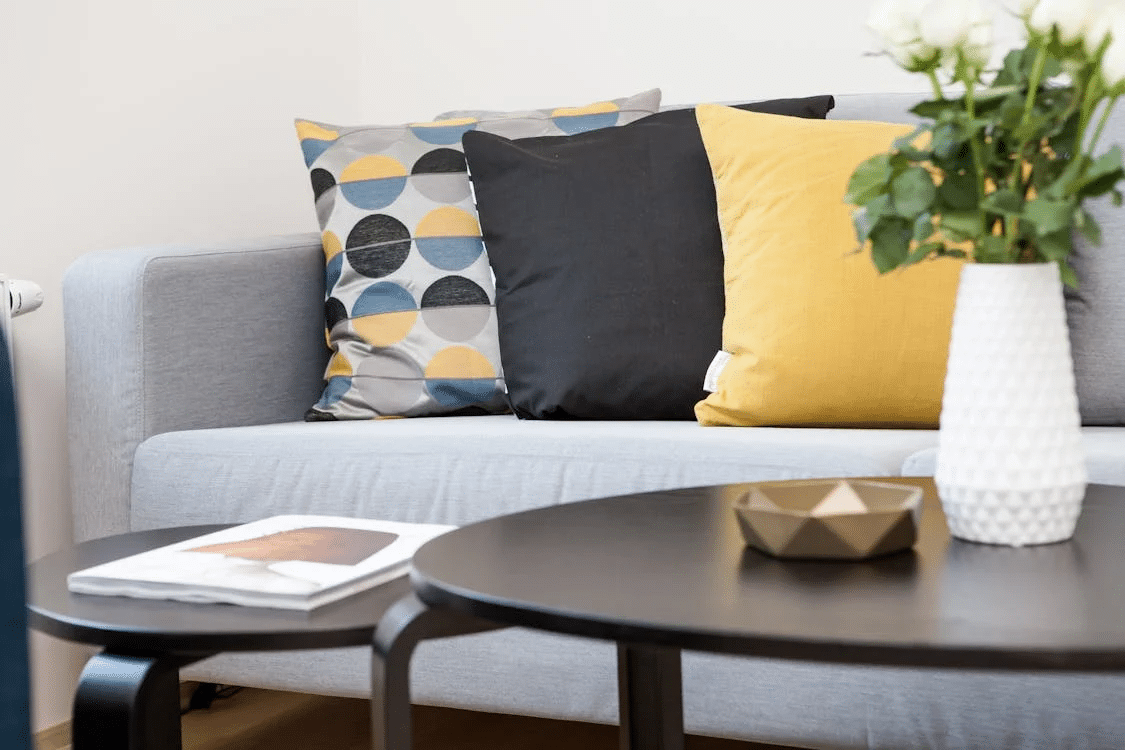Integrating Heat Pumps into Home Design: Aesthetic and Practical Approaches
As homeowners strive for energy efficiency, heat pumps have emerged as an effective solution for both heating and cooling. However, integrating these systems into your home design doesn’t have to sacrifice aesthetics. With thoughtful planning and design, heat pumps can seamlessly blend into your home’s architecture while providing comfort year-round. Here’s how to achieve this balance.
Understanding Heat Pumps
Before delving into design, it’s crucial to understand what heat pumps are. Essentially, a heat pump transfers heat from one place to another, offering both heating and cooling capabilities. There are three main types:
- Air Source Heat Pumps: These extract heat from the outside air.
- Ground Source Heat Pumps: Also known as geothermal pumps, these extract heat from the ground.
- Water Source Heat Pumps: These use bodies of water as a source.
Each type has different installation requirements and aesthetic considerations.
Selecting the Right Heat Pump for Your Home
Air Source Heat Pumps
Air source heat pumps are the most common type and are relatively easy to install. They consist of an outdoor unit that can sometimes be bulky and visually unappealing. However, there are ways to minimize their impact on your home’s aesthetics.
- Location: Place the unit at the back or side of the house where it’s less visible. Consider the proximity to living areas to minimize noise disruption.
- Landscaping: Use shrubbery or fencing to hide the unit while ensuring enough space for airflow and maintenance.
- Custom Enclosures: Design a custom enclosure that matches your home’s exterior materials, such as wood or metal, to conceal the unit.
There are two types of air source heat pumps; air to air heat pumps and air to water heat pumps. If you are living in an apartment building, air to air heat pumps for your home might be the best option, as they require less space.
Ground Source Heat Pumps
Ground source heat pumps require more extensive installation but offer discreet operation since most components are underground.
- Interior Integration: The indoor components can be installed in basements or utility rooms, keeping them out of sight.
- Outdoor Landscaping: Once installed, the outdoor ground loop is invisible, allowing for creative landscaping above it without interference.
Water Source Heat Pumps
These are less common and require proximity to a body of water.
- Subtle Installations: If feasible, place intake and outflow pipes in discreet areas, minimizing visual impact.
- Design Harmony: Coordinate the heat pump installation with natural water features in your landscaping for a harmonious look.
Architectural Considerations
Building Design and Heat Pumps
When designing or renovating a home, incorporating heat pumps from the start can ensure seamless integration. Here’s how architects can play a vital role:
- Ventilation Planning: Plan for ductless mini-split systems that require less invasive installation and offer flexibility in room placement.
- Space Utilization: Allocate space for indoor units in a way that maintains room aesthetics, such as concealing them within walls or integrating them into furniture design.
- Aesthetic Units: Choose units with sleek, modern designs that complement your interior decor, available in various colors and finishes.
Retrofitting Existing Homes
For existing homes, integrating heat pumps can be more challenging but equally rewarding. Consider these strategies:
- Disguised Ductwork: Use soffits or false ceilings to hide ductwork. Select covers and vents that match your home’s design.
- Wall-Mounted Units: Opt for wall-mounted systems that blend with wall art or shelves.
- Creative Coverings: Use decorative screens or custom cabinetry to cover indoor units while allowing for proper ventilation.
Enhancing Curb Appeal
Outdoor units are often the most challenging aspect of heat pump integration. Here are some creative ways to enhance curb appeal:
- Architectural Elements: Incorporate trellises or pergolas that match your home’s style to disguise the outdoor unit.
- Material Matching: Use materials that match your home’s exterior, such as brick, stone, or wood, for unit enclosures.
- Artistic Solutions: Commission a local artist to create a mural or decorative panel to disguise the unit creatively.
The Role of Professionals
Working with architects, HVAC specialists, and landscape designers can greatly enhance the integration process. These professionals can provide:
- Custom Solutions: Tailored designs that align with your home’s architecture.
- Technical Expertise: Assurance that all installations meet efficiency and safety standards.
- Creative Input: Innovative ideas for making the heat pump an attractive feature of your home.
Conclusion
Integrating heat pumps into your home design doesn’t mean compromising on aesthetics. With careful planning and creative solutions, heat pumps can become a harmonious part of your home’s architecture, enhancing both functionality and beauty. As you embark on this journey, consider consulting professionals to maximize the benefits while maintaining the visual appeal of your living space. Investing in energy-efficient solutions like heat pumps not only boosts your home’s value but also contributes to a more sustainable future.







